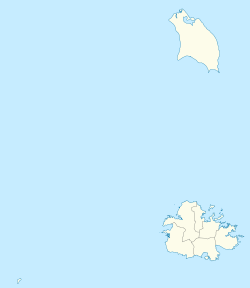Swete's Estate
The third son of the Rev. John Swete, Maine Swete, relocated to London around 1688 and then to a property on the island of Antigua. On July 15, 1701, a survey was conducted of Captain Main Swete's 337 acre plantation at Falmouth, Antigua. In 1704 and 1715, he served as a member of the Assembly. (1) He wed Grace Waldron. They didn't have any kids. In 1728, he went back to Devon and wed Esther Prickman. When his brother Adrian died without issue in 1733, he received Traine Manor as his inheritance. In trust for their three-year-old son Adrian John Swete, he gave Traine and other possessions to his wife Esther when he died in 1735.
The fourth Marquis of Vallado was Theodore Walrond (born 1701). Humphrey Walrond received the Spanish title of Marquis de Vallado from King Philip IV of Spain on August 5, 1653. He served as Barbados' governor as well. Main Swete Walrond (b.1725), the fifth Marquis, Joseph Lyons Waldron (1725–1815), the sixth Marquis, and Lyons Walrond (1800–1819), the seventh Marquis, all inherited the title from their ancestors.
After 1726, Theodore Walrond married Mary Keynell, the governor's daughter.
Owners of the original property were Captain Main Swete and his wife Esther Swete, who held a 337-acre sugar plantation. The estate, and consequently the community, are located in Liberta's northwest region. Swetes came from a long line of British families with roots in Antigua. During its peak, the estate housed hundreds of slaves. On July 8, 1735, Main Swete was buried in England and left his inheritance to his widow Esther, who was living there at the time of his passing. Daniel Mathew later rented out the Swete Estate. [1]

